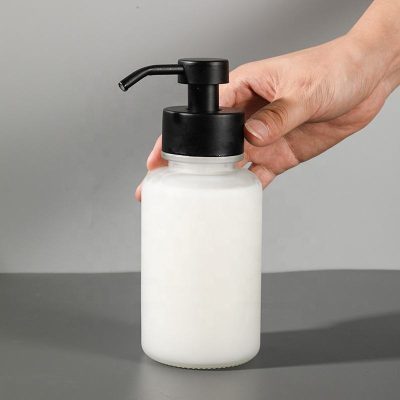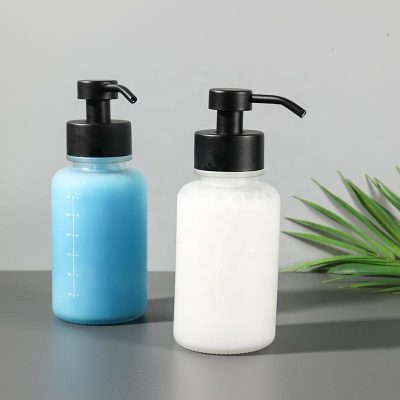As a novice, I don’t know how to choose perfume at all. I was bought by the counter sister Amway and found that I don’t like it and it doesn’t fit. What should I do? To systematically understand perfume and become a perfume expert, you can’t get around this knowledge block—fragrance classification. There is no one-size-fits-all rule for the specific composition of a fragrance family. Here we refer to the current mainstream fragrance wheel, which divides fragrance into 4 major categories and 11 sub-categories.
Of course, simply classifying these notes as fragrant, fresh, classical and rich has no absolute reference value. How can we distinguish the characteristics of each fragrance? The simplest and crudest way is to remember its representative perfume.
floral notes
Let’s start with Floral, which can be said to be the most common fragrance in women’s perfumes on the market. Flowers are one of the most traditional spices. Whether it is Western flower dew or oriental Hexiang, flowers have been admired and used by us for a long time. It is very common to use the smell of flowers to make fragrance products such as perfume and balm. The gorgeousness of roses, the agility of jasmine, the gracefulness of irises, the beauty of lily of the valley, and the countless charming flowers in nature are used in perfumes to make feminine and unisex perfumes, creating different fragrance combinations.
Are floral fragrances based on real flowers? uncertain. There are many common floral ingredients, such as rose, jasmine, gardenia, iris, carnation, etc. It should be noted that the appearance of floral components in the fragrance table does not mean that the flowers are actually used when making the perfume, and it may be that a compound that smells like a specific floral fragrance is added, but this does not affect the use experience.









